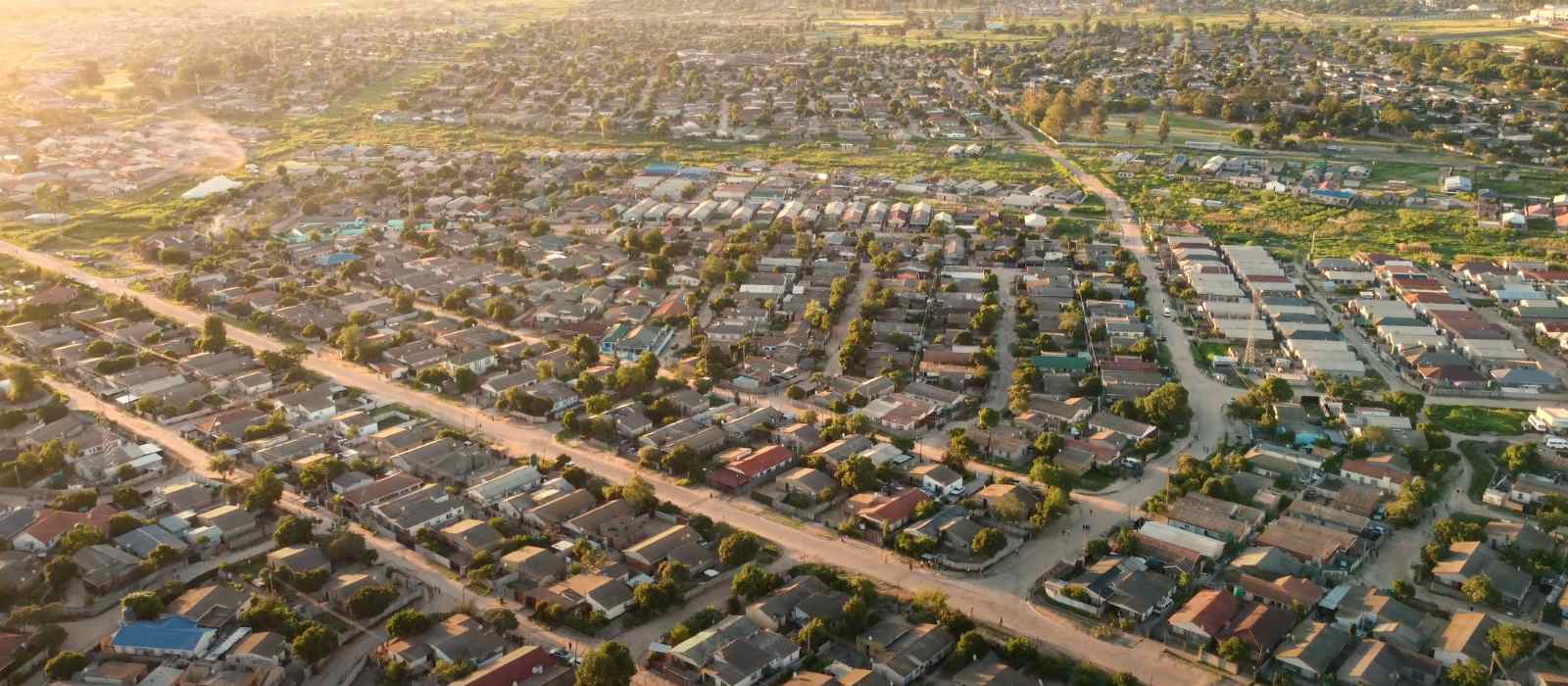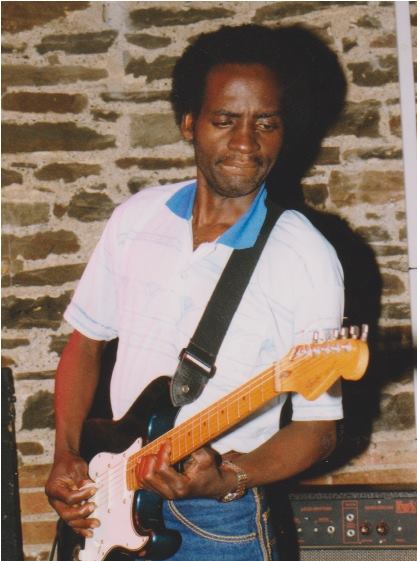
Once known as Dungwiza, Chitungwiza is a town deeply rooted in Zimbabwean history and culture. Located just 25 kilometers southeast of Harare, it was named after the shrine “Dungwiza raChaminuka,” in honor of the 19th-century spiritual leader and military strategist, Chaminuka.
Established in 1978 by merging three African townships, Chitungwiza was initially intended to be a high-density township accommodating Harare’s growing population. In 1981, it gained full municipal status and has since become Zimbabwe’s third-largest and fastest-growing urban center.

The town holds a special place in Zimbabwe’s cultural landscape, with legendary musician John Chibadura, once crowned “Mr. Chitungwiza,” symbolizing its early pioneering spirit. As the first person to own a house in the flourishing community, Chibadura’s presence and musical legacy have made him a local icon. John Chibadura, known for blending sungura, jit, rhumba, and reggae, formed his band, The Tembo Brothers, and rose to international fame in the 1980s. Mozambique, where he was embraced like a native son, became his second home. His debut single, “Upenyu Hwandinetsa,” marked the beginning of a prolific career, during which he and his band released numerous albums.
Today, Chitungwiza boasts a vibrant community with its own identity, no longer just a dormitory for Harare but a dynamic town full of history and growth. The town is divided into several administrative districts, including Units A to Z (minus I, R, S, T, V, and Z), Zengeza 1-6, and Seke 1-8.
Chitungwiza’s modern heart lies in its bustling town center, a commercial hub where businesses stand to thrive alongside local shops, eateries, and markets. Makoni Shopping Centre adds to the urban experience, offering a variety of services, including supermarkets and and hub for government facilities.
However, the town also preserves its connection to nature, with landmarks like the Rwizi River and Harava Dam offering locals and visitors opportunities for relaxation and outdoor activities amidst historical settings, including ancient San rock paintings along the riverbanks.
Education plays a crucial role in Chitungwiza’s development, with institutions such as Seke 1-7 High and Primary Schools, Seke Teachers’ College, and St. Mary’s Secondary School producing leaders in various fields. These schools, along with the town’s rich cultural heritage and natural landmarks, highlight Chitungwiza’s ongoing transformation from a small rural settlement into a thriving urban hub with a unique blend of history, creativity, and community.
We fly around around Unit M, C-junction and Jambanja area amongst other areas.
For the best experience use headphones/earphones for the cinematic music and the maximum resolution is 4k.


